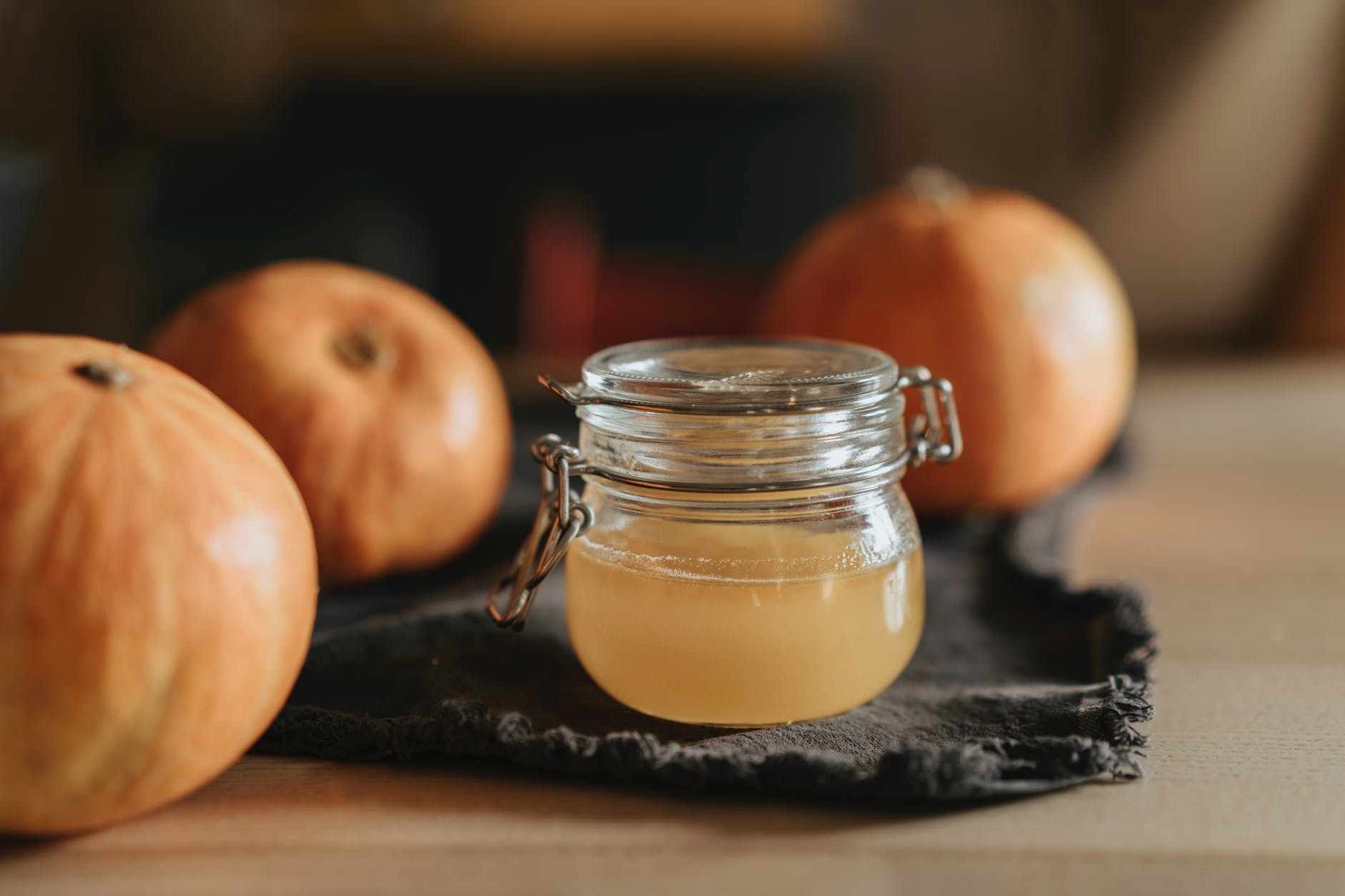
Gastroesophageal reflux disease (GERD), commonly known as acid reflux, and heartburn are digestive disorders that affect an alarmingly high number of people worldwide. GERD occurs when stomach acid frequently flows back into the tube connecting your mouth and stomach (esophagus). This acid reflux can irritate the lining of your esophagus and cause heartburn, a burning pain in the central chest area.
While these conditions can cause considerable discomfort, they can often be managed effectively through dietary modifications. By understanding which foods to avoid and which can help, you can gain better control over your symptoms and improve your quality of life. In this guide, we delve into the potential benefits of specific foods in mitigating the symptoms of heartburn, GERD, and acid reflux.
The Role of Diet in Managing Heartburn, GERD, and Acid Reflux
Before we delve into specific foods, it’s important to understand the role of diet in managing these conditions. Certain foods are known to trigger heartburn and acid reflux, including fatty or fried foods, tomato sauce, alcohol, chocolate, mint, garlic, onion, and caffeine.
On the other hand, some foods can help to reduce the frequency and severity of these symptoms. These generally include foods that are low in acid and high in fiber. Fiber aids digestion and can help prevent reflux, while low-acid foods can keep symptoms at bay.
What Foods May Help with Acid Reflux and Heartburn?
While individual food responses can vary widely, there are several additional foods that are generally well-tolerated by those dealing with acid reflux and heartburn. These foods are less likely to trigger uncomfortable symptoms and may even soothe your digestive system.
- Oatmeal: Oatmeal isn’t just a hearty breakfast—it’s also full of fiber. Fiber is good for those suffering from reflux because it moves food quickly through the digestive tract, helping to decrease the frequency of reflux episodes. Plus, oatmeal is a whole grain, which means it’s high in filling fiber that can stabilize your hunger and prevent overeating—a known trigger of acid reflux.
- Ginger: For centuries, ginger has been used as a natural remedy for a multitude of ailments, and acid reflux is one of them. Ginger has anti-inflammatory properties that can help ease inflammation in your esophagus, reducing the burning sensation associated with heartburn. You can consume ginger directly by grating it into your meals, or you can have it as a tea.
- Green Vegetables: Green vegetables like broccoli, asparagus, spinach, and green beans are low in fat and sugar, which makes them a great choice for individuals dealing with acid reflux. Not only are they packed with beneficial nutrients, but they’re also less likely to cause stomach acid to splash back into the esophagus, hence reducing heartburn symptoms.
- Lean Meats: Lean meats such as skinless chicken, turkey, fish, and seafood are excellent protein sources that can be enjoyed without worsening acid reflux or heartburn symptoms. However, preparation is key. These proteins should be grilled, broiled, steamed, or baked to avoid the extra fat and calories that come with frying or breading.
- Root Vegetables: Root vegetables like potatoes, beets, and sweet potatoes are great sources of complex carbohydrates. They’re filling and satisfying without causing unnecessary strain on your digestive system. Like other items on this list, the cooking method matters—try roasting, grilling, or boiling these vegetables instead of frying them.
- Rice and Couscous: These complex carbohydrates are not only delicious and versatile, but they also have the advantage of being low in fat. They are less likely to trigger acid reflux compared to more fatty or spicy foods. Additionally, they’re a good source of fiber (especially if you choose whole grain or brown versions), which aids in digestion and reduces the risk of reflux.
- Melons and Bananas: These fruits are very low in acid and are often recommended to reduce symptoms of acid reflux. Plus, they’re high in fiber and can help control your hunger, reducing the risk of overeating and consequent acid reflux.
- Fennel: This low-acid crunchy vegetable has a slight licorice flavor and a crunchy texture, perfect for salads and stir-fries. Fennel can also be beneficial for improving stomach function and digestion, potentially reducing the likelihood of reflux.
Remember that while these foods are less likely to trigger acid reflux and heartburn, everyone is different, and some foods may be triggers for some people while not for others. Therefore, keeping a food diary can be a useful tool to identify specific foods that cause problems. Always consult your healthcare provider or a dietitian for personalized advice.
Do Bananas Actually Help Soothe Acid Reflux and Heartburn Symptoms?
Indeed, bananas can be a great ally in combating acid reflux and heartburn symptoms. As fruits go, bananas are relatively low in acid which can make them a soothing, non-irritating snack. Their natural antacid effect can help to reduce stomach acidity, providing some relief for heartburn. Moreover, bananas are high in fiber, which is beneficial for digestive health as it aids regular bowel movements, thereby reducing the likelihood of acid reflux.
Can Eating Bread Help with Heartburn – Fact or Myth?
Surprisingly, bread, particularly whole grain or multi-grain varieties, can help in managing heartburn. The high fiber content in these breads assists in absorbing excess stomach acid, reducing the likelihood of it refluxing back into the esophagus. Additionally, the complex carbohydrates present in whole grain or multi-grain bread are slower to digest, maintaining satiety and reducing the frequency of acid reflux-inducing hunger pangs.
How Does an Apple a Day Keep Acid Reflux Away?
Apples are low in acid, unlike many fruits, and high in fiber – two qualities that make them a good food for controlling acid reflux. Red apples are particularly beneficial due to their slightly alkaline nature which can help neutralize stomach acid. They’re best consumed with the skin for the most dietary fiber, which aids in digestion and reduces the risk of reflux. Eating an apple post dinner or as a snack between meals could offer some relief.
Why is Yogurt Considered Good Food for Acid Reflux and Heartburn?
Yogurt is packed with probiotics, beneficial bacteria that can help improve digestive health by balancing the gut microbiome. This equilibrium promotes healthy digestion and reduces inflammation in the digestive tract, factors that can mitigate acid reflux and heartburn. In addition, yogurt’s smooth texture is soothing to the lining of the stomach and esophagus. Be sure to choose natural, unsweetened yogurt, as added sugars can exacerbate acid reflux.
Can Almonds Help with Acid Reflux? The Surprising Truth
Almonds have been found to have alkaline properties, which means they can help neutralize stomach acid and potentially relieve symptoms of acid reflux. They also contain high amounts of fiber, promoting healthy digestion and preventing stomach acid from refluxing into the esophagus. However, almonds are also high in fat, and overconsumption could potentially worsen symptoms for some people. As such, a handful of almonds a day, preferably raw and unsalted, is usually recommended.
Does Yogurt Help Relieve Indigestion? An In-depth Analysis
Yogurt’s high content of probiotics not only aids in balancing the gut microbiome but also promotes the breaking down of food substances in the stomach, relieving indigestion. It also contains enzymes that aid in digestion, reducing the work your gastrointestinal tract has to do, which could lead to less acid production and reflux. However, everyone’s reaction to yogurt is individual, and some people may find it exacerbates their symptoms.
Are Eggs Beneficial for GERD Sufferers?
Some people with GERD report that eating eggs doesn’t trigger their symptoms and can even provide some relief. Eggs are a good source of protein and can help to keep you satiated, reducing the risk of acid reflux which can occur when the stomach is empty. However, they should be prepared without added fats like butter or oil, which can worsen GERD symptoms.
Ice Cream and Heartburn: Can It be a Soothing Solution?
Ice cream, due to its creaminess and cooling sensation, could provide temporary relief from heartburn for some people. However, it’s important to remember that ice cream is also high in fat, and consuming high-fat foods can actually trigger acid reflux in some individuals. Therefore, it’s recommended to enjoy ice cream in moderation and opt for low-fat varieties when possible.
Can Peanut Butter Help with Heartburn? Unveiling the Truth
While it’s true that peanut butter is high in fat, for many people it does not trigger heartburn or acid reflux. In fact, its creamy texture can soothe the throat and esophagus. It’s also a good source of protein and fiber, which can help control hunger and thereby manage acid reflux. However, individual reactions can vary, and some people may find that peanut butter worsens their symptoms. If you choose to include peanut butter in your diet, opt for natural, unsweetened varieties and consume it in moderation.
Frequently Asked Questions (FAQs)
- Does eating oatmeal help with acid reflux and heartburn? Oatmeal is high in fiber, aiding digestion and decreasing the frequency of reflux episodes. It’s a heart-healthy choice for people dealing with acid reflux and heartburn.
- Is ginger beneficial for heartburn relief? Yes, ginger is known for its anti-inflammatory properties and can help ease the inflammation in the esophagus, reducing the burning sensation associated with heartburn.
- Are green vegetables good for acid reflux? Green vegetables like broccoli, spinach, and green beans are low in fat and sugar, making them a good choice for individuals dealing with acid reflux.
- How do lean meats affect acid reflux? Lean meats like skinless chicken, turkey, and fish are great sources of protein that can be enjoyed without worsening acid reflux or heartburn symptoms when cooked healthily.
- Can rice and couscous help manage GERD symptoms? Yes, rice and couscous are complex carbohydrates that are low in fat, making them less likely to trigger acid reflux.
- Are root vegetables recommended for GERD and heartburn sufferers? Root vegetables like potatoes and sweet potatoes are great sources of complex carbohydrates that are easy on your digestive system, making them a good choice for people with GERD.
- Is fennel beneficial for people with heartburn and acid reflux? Yes, fennel is a low-acid crunchy vegetable that can improve stomach function and digestion, reducing the likelihood of reflux.
- Does watermelon cause heartburn or acid reflux? While watermelon is a low-acid fruit, some individuals might experience heartburn due to its high water content which can lead to a feeling of fullness and potentially reflux.
- Is ice cream bad for acid reflux and heartburn? Ice cream is high in fat and can trigger acid reflux. However, everyone is different, and while some people can handle a small serving, others may need to avoid it.
- Does lettuce cause acid reflux? Lettuce is generally well tolerated by people with acid reflux. However, if it’s part of a high-fat meal or salad with heavy dressing, you might experience heartburn.
- Can bananas soothe acid reflux and heartburn symptoms? Yes, bananas are low in acid, making them a non-irritating, soothing snack. They are also high in fiber, which aids digestion and prevents reflux.
- Is bread beneficial for heartburn? Whole grain or multi-grain bread can assist in managing heartburn due to their high fiber content. This fiber helps absorb excess stomach acid, reducing the likelihood of it refluxing into the esophagus.
- How can an apple a day keep acid reflux away? Apples are low in acid and high in fiber, which aids digestion and reduces the risk of reflux. Eating an apple after dinner or as a snack between meals could provide relief.
- Is yogurt a good food for acid reflux and heartburn? Yes, yogurt is packed with probiotics, beneficial bacteria that can help improve digestion, reduce inflammation in the digestive tract, and can help mitigate acid reflux and heartburn.
- Do almonds assist with acid reflux? Almonds have alkaline properties and are high in fiber, which aids digestion and can help manage acid reflux. However, due to their high fat content, they should be consumed in moderation.
- Are eggs beneficial for GERD sufferers? Yes, eggs are a good source of protein and can help keep you satiated, reducing the risk of acid reflux which can occur when the stomach is empty.
- Can peanut butter help with heartburn? Despite being high in fat, peanut butter does not trigger heartburn or acid reflux in many people. It’s also a good source of fiber and protein, which can help control hunger and manage acid reflux.
Conclusion
It’s crucial to remember that everyone’s body is unique, and what helps one person may not help another. Managing heartburn, GERD, and acid reflux effectively often requires observing your body’s reactions to different foods and adopting a diet that works best for you. Always consult your healthcare provider or a dietitian for personalized advice. Combining dietary changes, lifestyle modifications, and medical treatment, where necessary, can help you manage these conditions effectively and lead a healthier, happier life.












